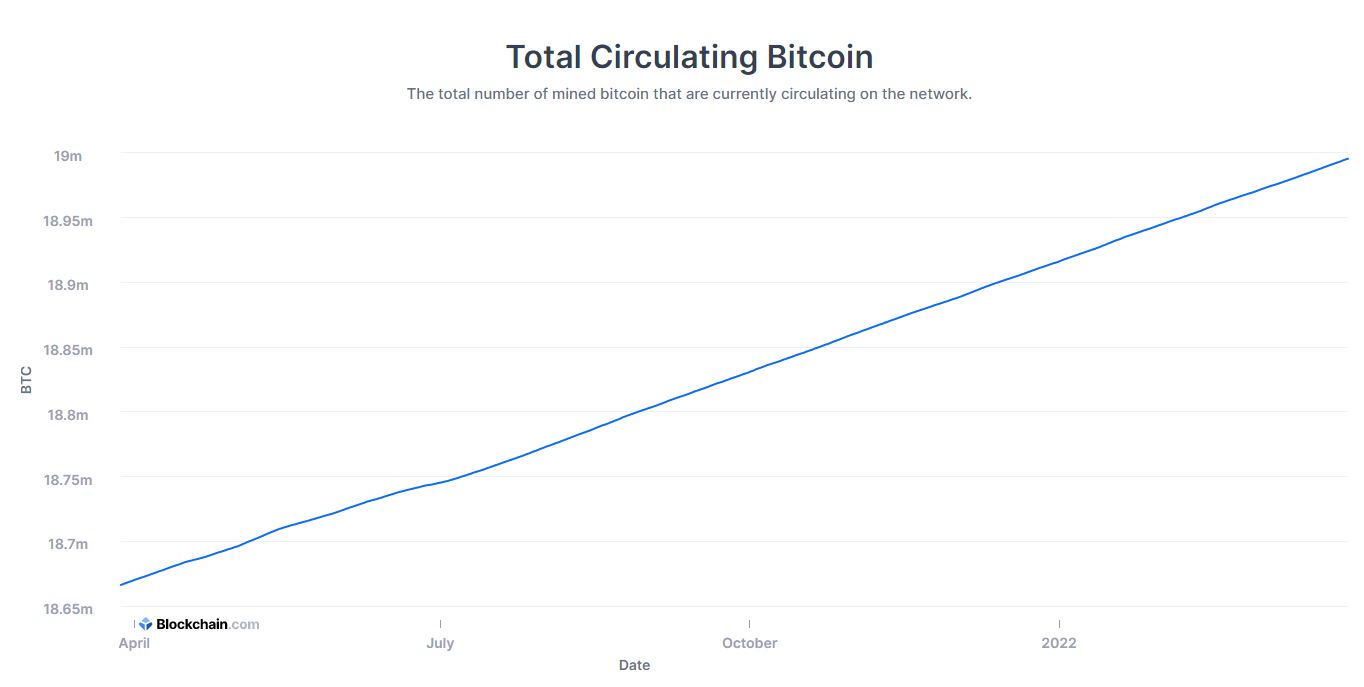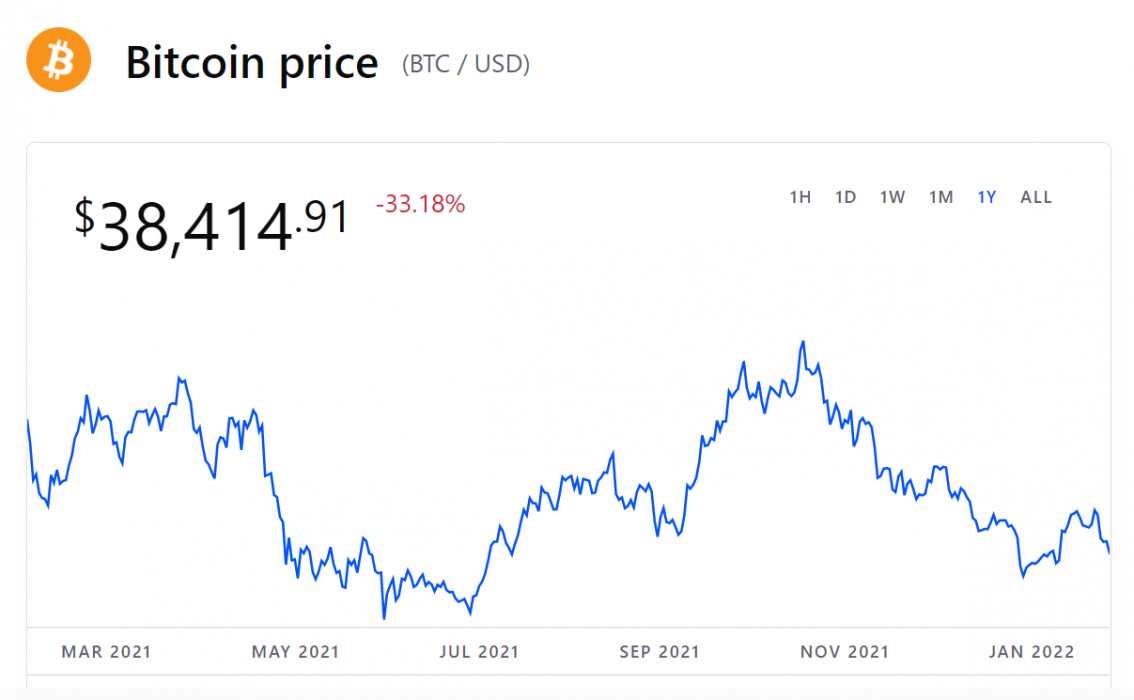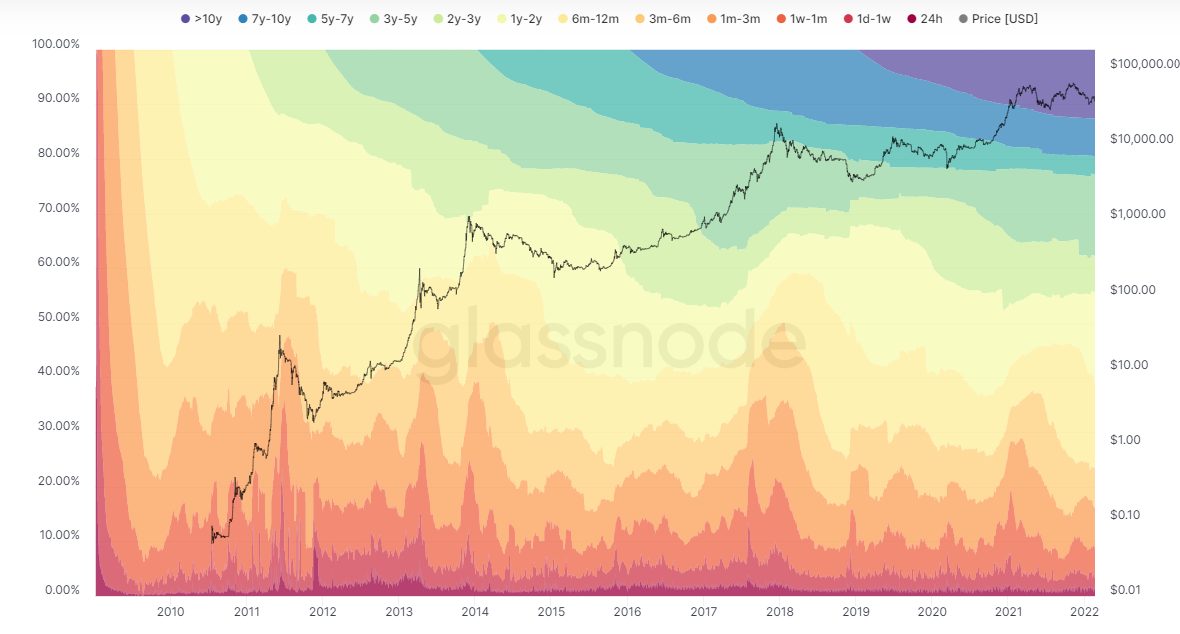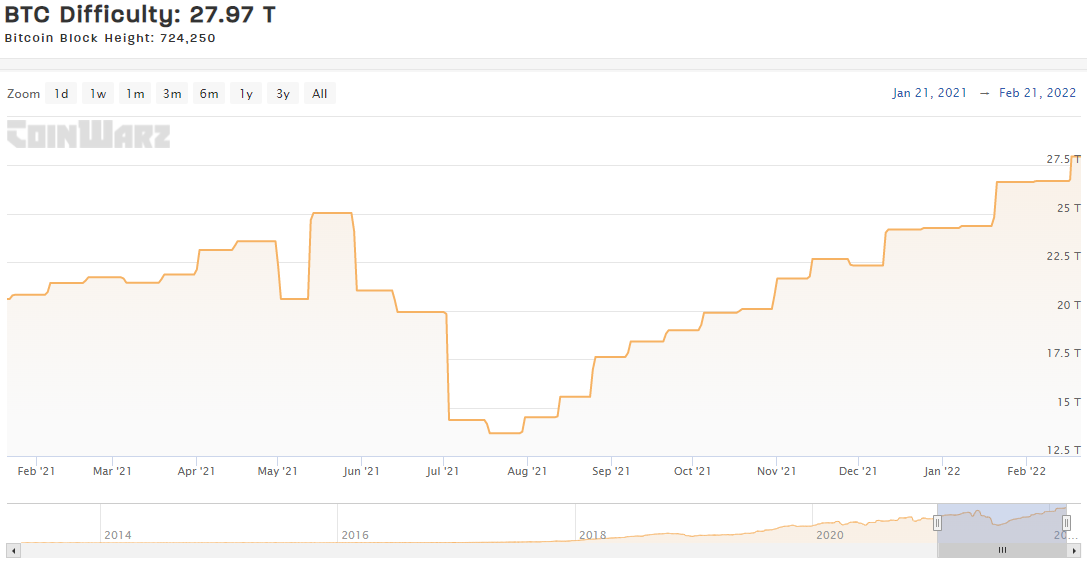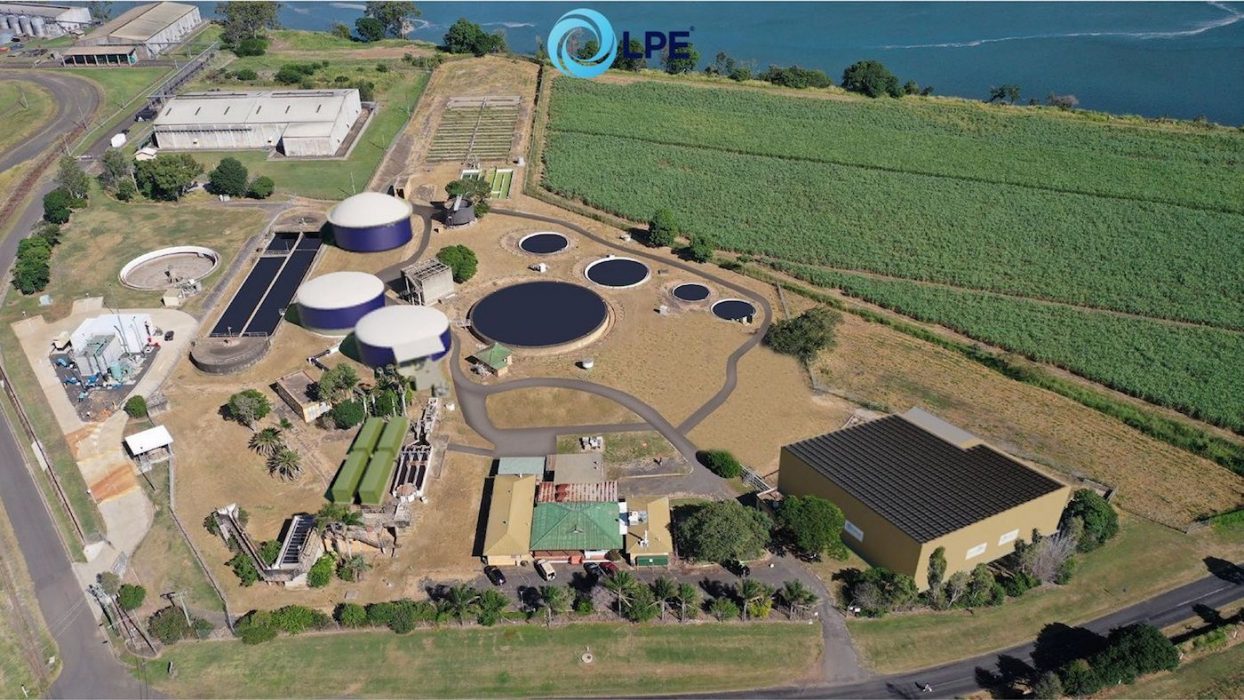Billionaire and Ripple (XRP) co-founder Chris Larsen has joined forces with Greenpeace in a US$5 million campaign dubbed “Cleanup Bitcoin” to persuade the protocol to shift from proof-of-work (POW) to a “greener” consensus mechanism such as proof-of-stake (POS):
‘Change the Code, Not the Climate’
In partnership with Greenpeace and other organisations, Larsen is funding a series of ads over the next month calling on Bitcoiners to transition away from power-intensive POW mining to a POS system that uses much less energy:
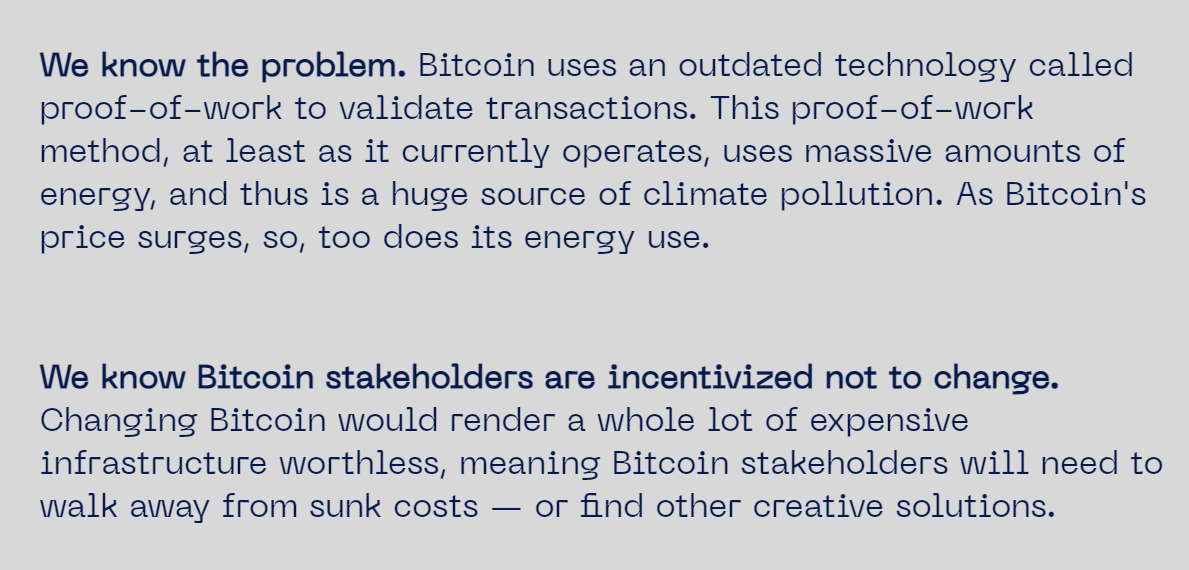
Needless to say, the reaction among the community was swift and brutal:
A common criticism emerging from the community was that Larsen’s efforts smacked of duplicity and were instead an opportunistic attempt to leverage the emotive topic of the environment to undermine a Ripple competitor. This appeared to be the sentiment of Bitcoin-friendly US Senator Cynthia Lummis, who described the move as a play for regulatory capture:
Matt Walsh, a partner at Castle Island Ventures, was seemingly in a state of disbelief, given Ripple’s ongoing battle with the Securities and Exchange Commission (SEC):
Walsh’s partner at Castle Island Ventures, Nic Carter, the de facto Bitcoin energy-FUD-buster-in-chief, took a more humorous angle mocking Larsen’s website:
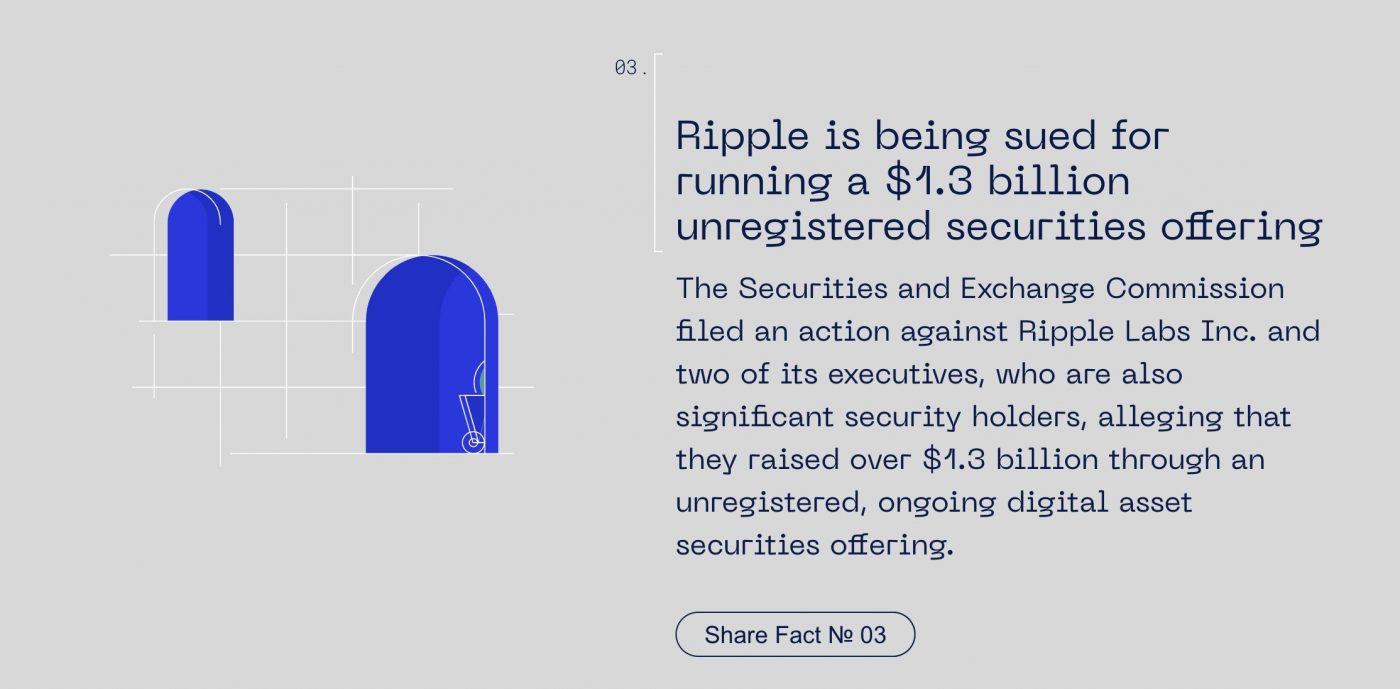
Go Ahead, Fork It
Aside from being misguided about how the protocol works, it was Noelle Acheson, head of Insights at Genesis Trading, who said it best:
Jerry Brito, executive director at Coin Center, challenged the notion that 50 miners could force the code to change and encouraged those who believed otherwise to read The Blocksize War – an episode in history that proved it was the nodes and users who controlled the protocol, not the miners:
The result of the ‘Blocksize War’ was a hard fork of Bitcoin and led to the creation of Bitcoin Cash (BCH) and Bitcoin Satoshi’s Vision (BSV). With BTC’s market capitalisation at over US$900 billion, compared to BCH’s US$6.9 billion and BSV’s US$1.8 billion, the market has clearly spoken.
Having already dealt with a hard fork in the past, Bitcoiners such as Preston Pysh egged Larson on:



